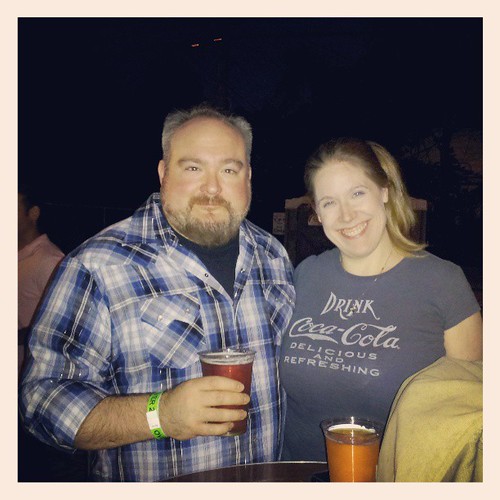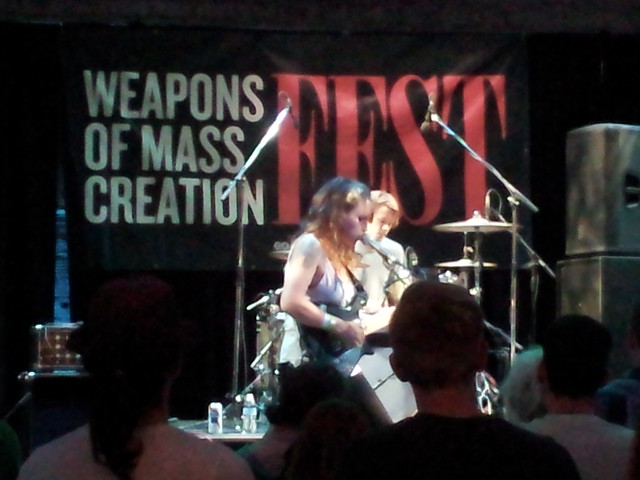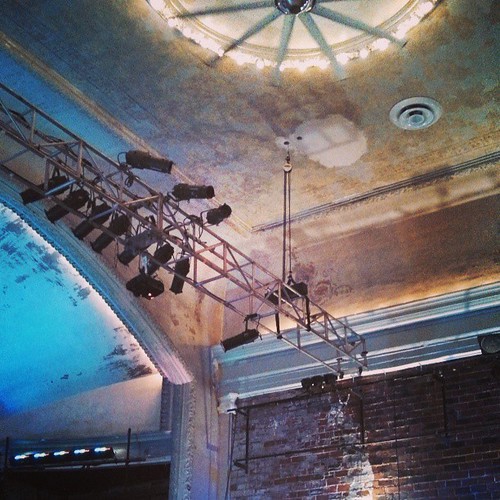In one week I will attempt to perform a six hour and 20 minute long improvisation, alone on stage.
This is a crazy idea. What drove me to think this would be a good idea?
My stupid ambition, that's what.
I have had a great deal of ambition, but it has not been a steady stream. Whenever I’ve had an idea most of the time I've found myself bound and determined to achieve that goal, or at least to give it my best try, and usually I have some fun in the pursuit. Well, the fun comes either in the pursuit, or in the success of completion. The best is when it comes as part of the process, when I am fulfilled by simply being immersed in what I sought to do.
This is a crazy idea. What drove me to think this would be a good idea?
My stupid ambition, that's what.
I have had a great deal of ambition, but it has not been a steady stream. Whenever I’ve had an idea most of the time I've found myself bound and determined to achieve that goal, or at least to give it my best try, and usually I have some fun in the pursuit. Well, the fun comes either in the pursuit, or in the success of completion. The best is when it comes as part of the process, when I am fulfilled by simply being immersed in what I sought to do.
In remembering back over the ambitious ventures that I’ve gone after earlier in my life, I can kinda pinpoint one factor that allowed me to pursue my endeavors with such vigorous ambition. That factor, I think, was that I felt I had nothing to lose.
Nothing to lose. What a powerful motivator. It single-handedly kinda removes all fear from any ambitious idea. The disgusting truth, one that I’m so ashamed to admit, is that having “nothing to lose” is a luxury that has faded as I've entered further into adulthood.
Nothing to lose. What a powerful motivator. It single-handedly kinda removes all fear from any ambitious idea. The disgusting truth, one that I’m so ashamed to admit, is that having “nothing to lose” is a luxury that has faded as I've entered further into adulthood.
As I inch closer and closer to the milestone age of 40, I’m so increasingly annoyed with the fact that I do, in fact, have a few things to lose. I have grown aware and precious with my process. I want. I want to make projects better than the projects that came before. So now there is the danger of sliding backwards, of wasting time, of being found out as not as good as I had hoped I'd be.
Ambition has a double edge. That gap where the nothing-to-lose once was can also prevent the move to bigger things. It can be an impediment to ultimate success.
Also, as I grow older I value other things in life, besides artistic success. I have a wife now, and as close as I can muster to a day job, and bills to pay and so on. I have responsibilities. I value my family, my friends (small circle that it is), travel and so on.
Ambition has a double edge. That gap where the nothing-to-lose once was can also prevent the move to bigger things. It can be an impediment to ultimate success.
Also, as I grow older I value other things in life, besides artistic success. I have a wife now, and as close as I can muster to a day job, and bills to pay and so on. I have responsibilities. I value my family, my friends (small circle that it is), travel and so on.
So my struggle, now, is figuring out how to balance these other points of value into my life with making theatre and art . I have never been one to only make art as my absolute priority, but time is passing and... and...























